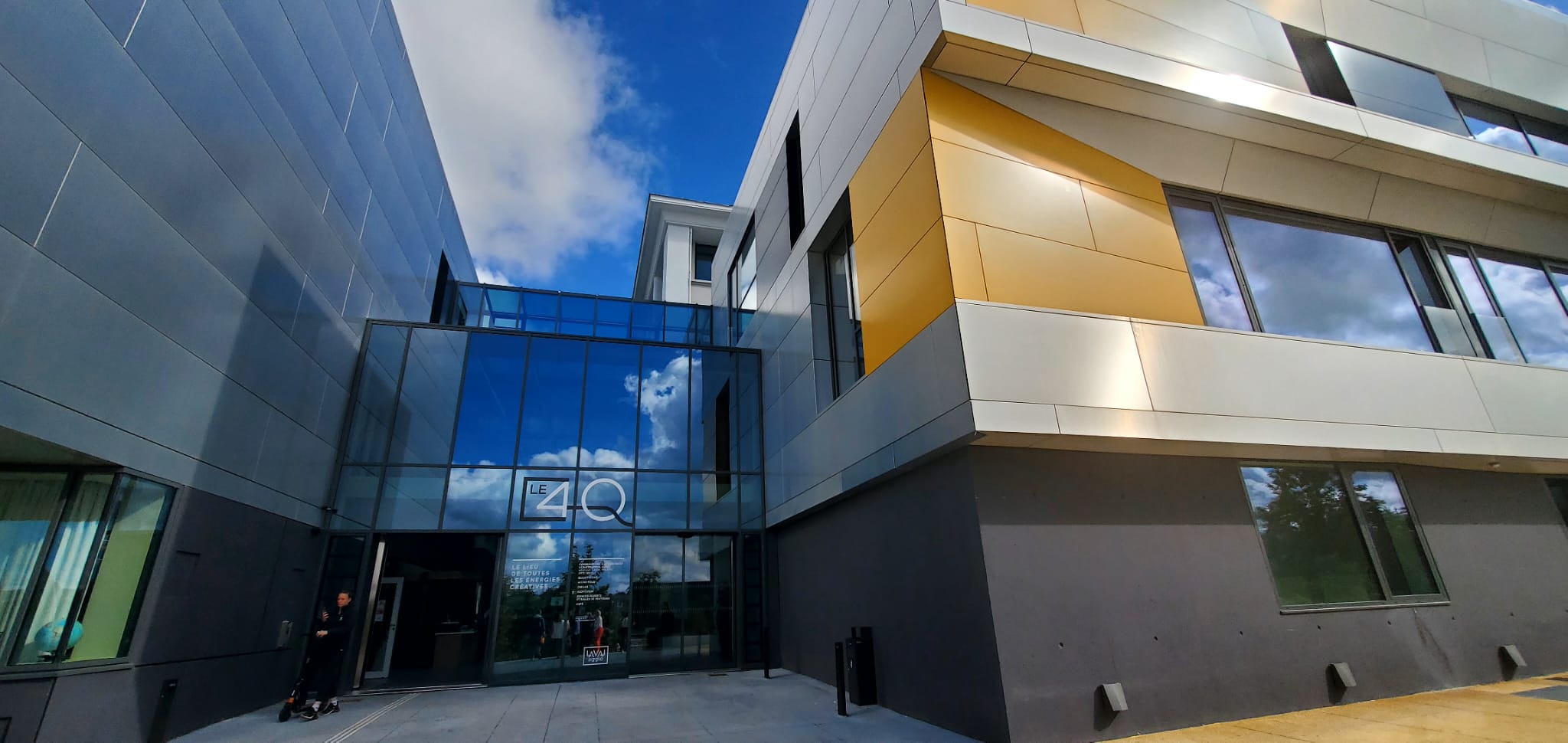Time Organ
Since the changes from sunrise to sunset, humans have continuously explored their relationship with time.
With technological advancements, people have employed tools to segment time into measurable units, constantly seeking the most precise frequencies in nature for more accurate time calculations. The development of technology has introduced the “”attosecond,”” a time unit with eighteen decimal places. However, even when finely divided, this increasingly precise time is challenging to perceive. In fact, at the moment time is calculated and quantified, the essential nature of “”time as continuous change”” is already eradicated.
Our body’s perception of time should be immeasurable, but the quantitative thought patterns ingrained in us by seemingly objective and precise scientific time have gradually led to the loss of our most direct bodily sensations. This has rendered the relationship between time and bodily experience insensate. In our relentless pursuit of temporal precision, we have unintentionally neglected our own body’s inherent rhythm.
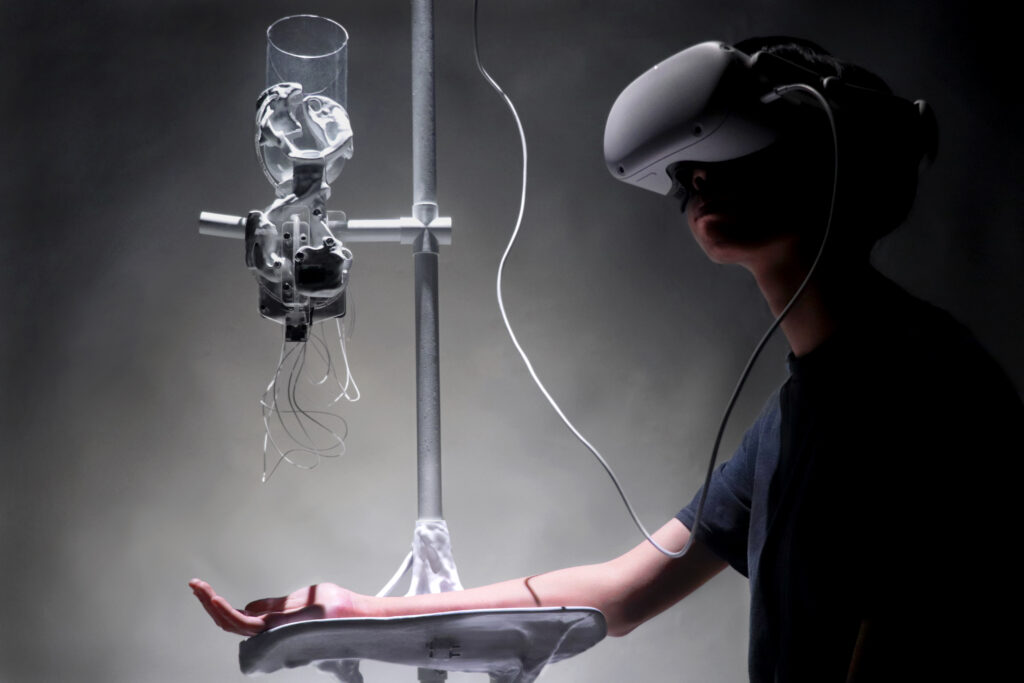
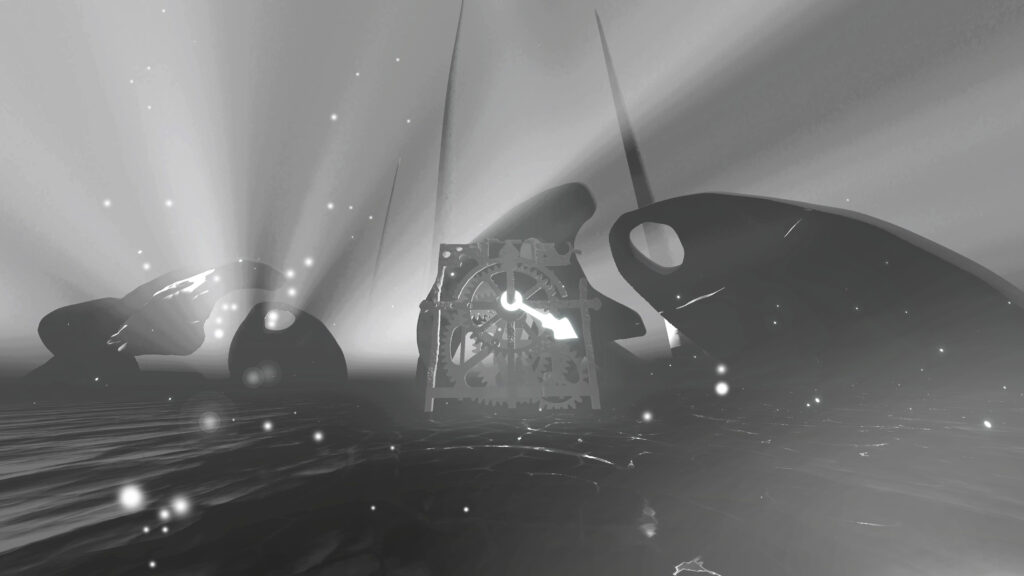
Awareness of bodily time
The “”Time Organ”” art project delves into the “”insensitivity”” of human somatosensory time, seeking to revive the awareness of bodily time through innate human synchronization and sensory extension. Drawing inspiration from the historical “”mechanical water clock,”” an instrument through which humans initially exercised control over time, the “”Time Organ”” artwork employs water as a medium and embodies the concept of extending a human organ.
The objective is to fashion a tool that reconnects human time perception with the frequency intrinsic to their bodies. Through the orchestrated chaos and synchronous experiences within the artwork, we consistently prompt the question to the experiencer: What is time? What sensations are you experiencing? Our aim is to investigate, through sensory illusions, whether synchronization can facilitate a return to the most direct bodily perception of time.”
The artists
Chi-Hung HUANG
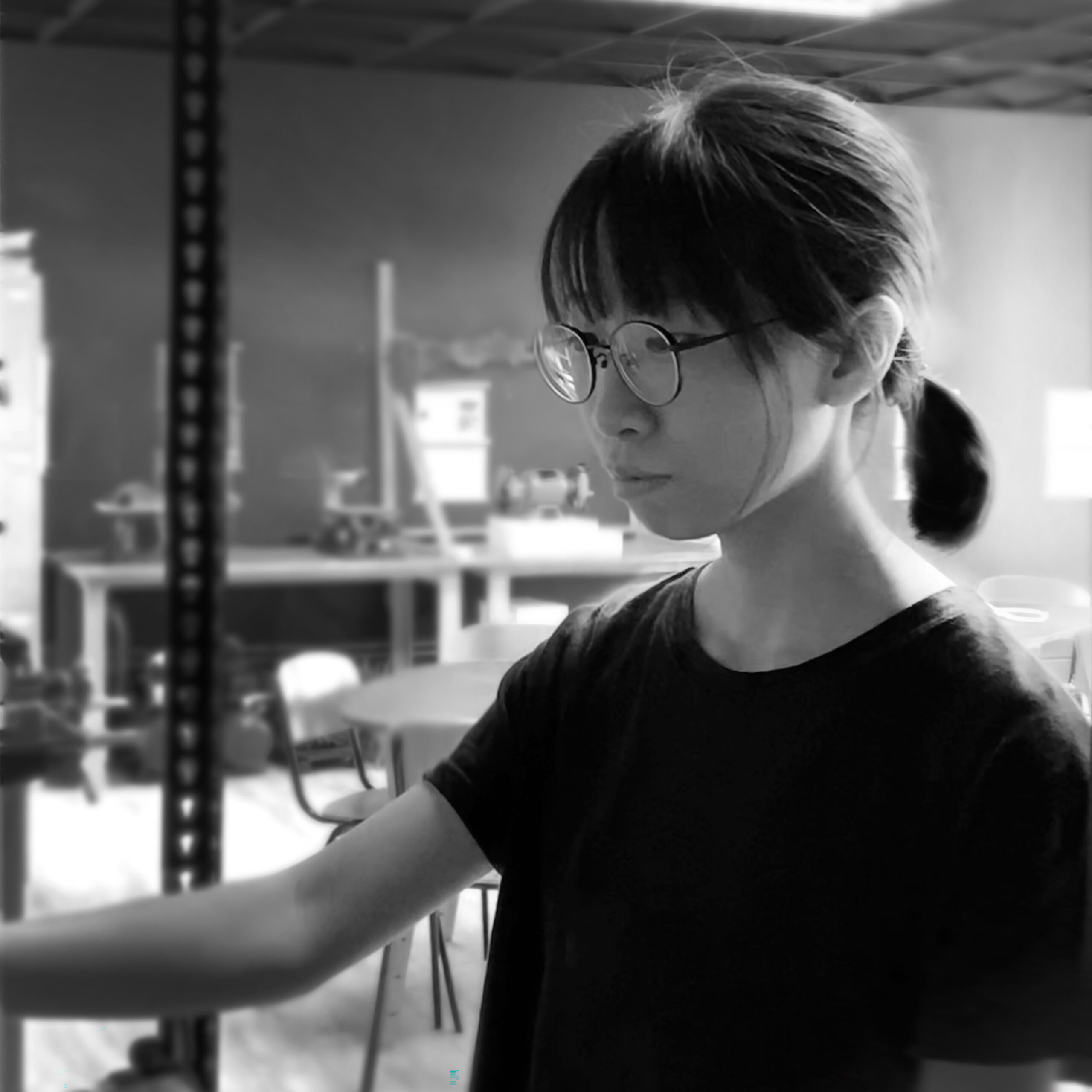
Chi-Hung HUANG is currently a postgraduate student in Graduate Institute of Art and Technology at National Tsing Hua University.
She has received Excellence Award in Nanying Award(2022), and Excellence Award from Spring-Tsing Hua Art Competition. Her works have participated in many exhibitions and festivals including 2023 Ars Electronic Festival Linz, 2023 Taiwan Lantern Festival in Taipei (Hakka Area), Tainan Yuejin Lantern Festival, and Hsinchu Lantern Festival.
Chun-Huang LIN
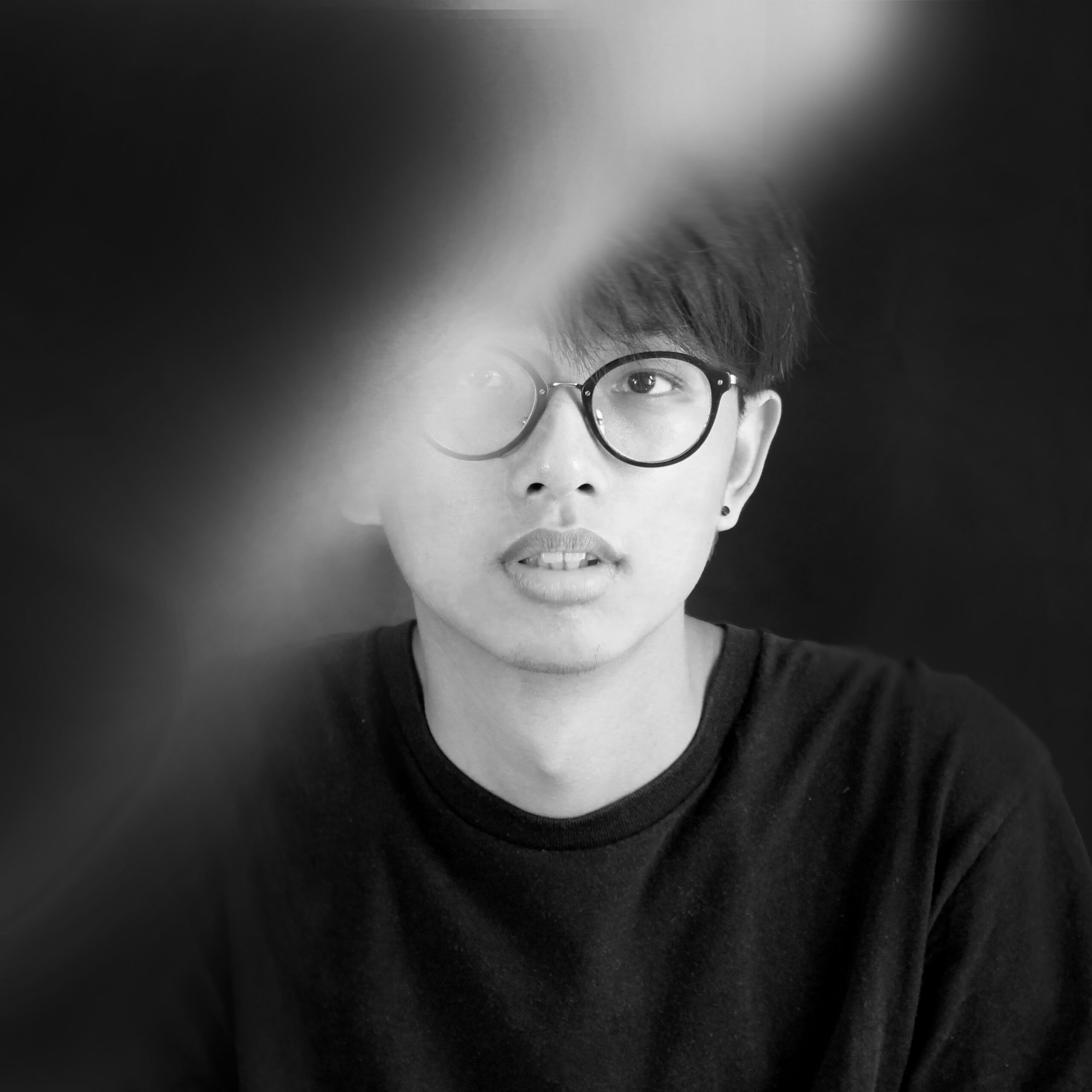
Chun-Huang LIN is currently a postgraduate student in Graduate Institute of Art and Technology at National Tsing Hua University.
He has received several awards from the 17th KT Art and Technology Awards(2022), Hualien Art Awards(2022), and Excellence Award from Spring-Tsing Hua Art Competition. His works have participated in many exhibitions and festivals including 2023 Ars Electronic Festival Linz, 2023 Taiwan Lantern Festival in Taipei (Hakka Area), Tainan Yuejin Lantern Festival, and Hsinchu Lantern Festival.
